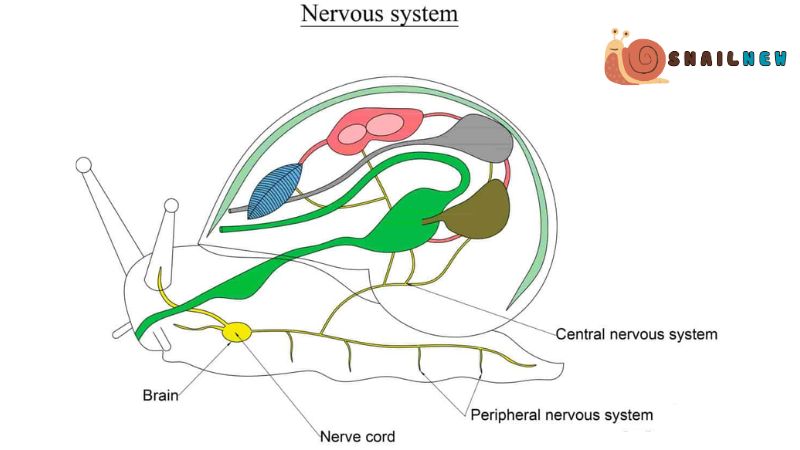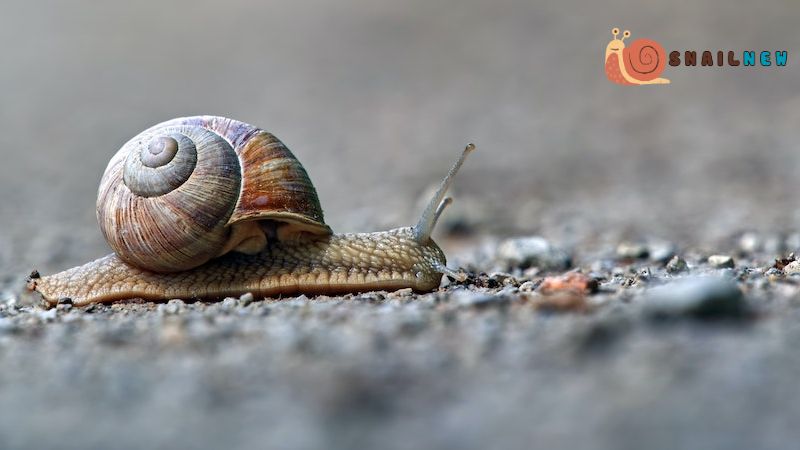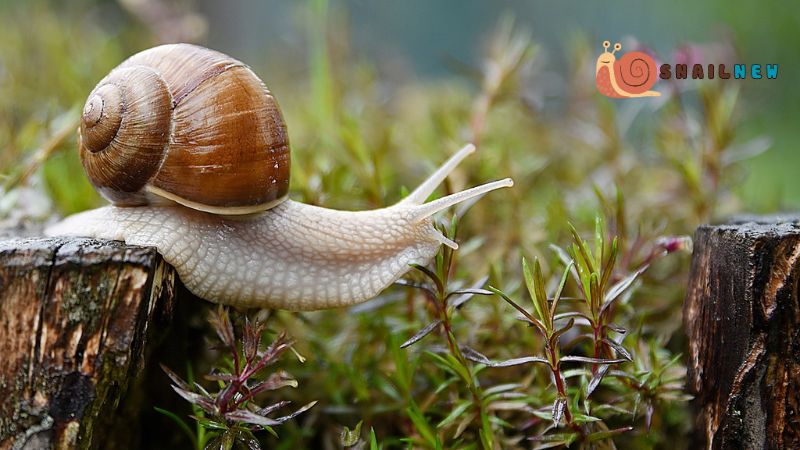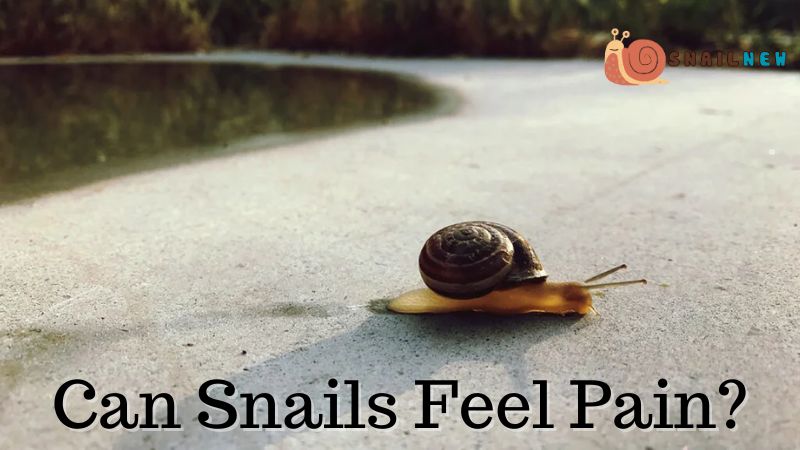In the vast tapestry of the animal kingdom, the question of whether creatures like snails can feel pain remains an enigma. While humans and other higher animals grapple with the complexities of pain perception, the inquiry into the sensory experiences of seemingly simpler organisms, such as snails, prompts fascinating scientific debate. Can snails feel pain? This query by Snailnew, reiterated countless times in scientific circles, underscores the intricate intersection of biology, behavior, and consciousness.
Table of Contents
ToggleUnderstanding the Nervous System of Snails:

To unravel the mystery surrounding snails’ potential capacity for pain, we must embark on an exploration of the intricacies of their nervous system. Unlike mammals with centralized brains, snails possess a decentralized nervous system comprising ganglia, clusters of nerve cells distributed throughout their bodies. This fundamental distinction raises intriguing questions about the nature of sensory perception in these gastropods and prompts us to consider the possibility of pain perception within this framework.
Examining Behavioral Responses:
Delving deeper into the question at hand, researchers have meticulously observed snails’ behavioral responses to various stimuli, seeking clues to ascertain whether they experience pain. Can snails truly feel pain? This query echoes as scientists meticulously document instances of snails retracting into their shells or exhibiting avoidance behaviors when exposed to potentially harmful conditions. While these reactions suggest a form of aversion, the challenge lies in deciphering whether they signify pain akin to that experienced by higher organisms.
Can Snails Feel Pain? Deciphering the Meaning of Pain:

The inquiry into can snails feel pain? delves into the intricate nature of the phenomenon itself. Pain, beyond mere physiological reactions, entails a subjective experience of discomfort or distress that transcends sensory perception. In humans, it is intricately intertwined with complex cognitive processes and emotional responses, elements that might manifest differently or be absent in organisms with simpler nervous systems like snails. Thus, exploring the capacity for pain in snails prompts contemplation not only of their sensory capabilities but also of the fundamental nature of pain across different forms of life.
Exploring Neurochemical Signatures:
The evolving landscape of neuroscience presents a window into the intricate molecular mechanisms underlying pain perception. The inquiry into whether snails can experience pain ignites explorations into the neurochemical signatures linked to nociception, which denotes the capacity to detect and respond to noxious stimuli. While snails do possess neurotransmitters and receptors involved in sensory processing, unraveling whether these neural components translate into subjective experiences resembling pain poses a formidable challenge that continues to elude definitive resolution. Through ongoing research endeavors, scientists endeavor to shed light on this enigmatic aspect of snail physiology, probing the boundaries of our understanding of pain across diverse species.
Interpreting Evolutionary Significance:
The quest to understand pain in snails extends beyond mere curiosity; it touches upon broader evolutionary questions. Can snails feel pain? This refrain echoes in discussions about the adaptive significance of nociception across diverse taxa. Evolutionary pressures shape sensory systems in accordance with ecological challenges, raising intriguing possibilities about the functional role of pain perception, even in seemingly primitive organisms.

Considering Ethical Implications:
The ethical implications surrounding the question of whether snails can feel pain extend beyond scientific curiosity, permeating various facets of human interaction with these creatures. This inquiry underscores the need for responsible stewardship and informed decision-making in fields such as agriculture and biomedical research. Addressing whether snails experience pain prompts reflection on the moral considerations inherent in our interactions with non-human organisms and underscores the importance of ethical frameworks in guiding our treatment of other sentient beings.
Navigating Controversial Terrain:
The discourse surrounding pain perception in snails traverses a contentious terrain, where diverse viewpoints emerge, reflecting the complexity inherent in the subject matter. The question of whether snails can feel pain sparks passionate discourse among scientists, ethicists, and laypeople, highlighting the necessity for interdisciplinary dialogue and the consideration of nuanced perspectives. This multifaceted conversation delves into not only the physiological aspects of pain but also its ethical implications, urging stakeholders to engage in collaborative efforts to navigate this intricate and morally significant issue.
Embracing Uncertainty:
In the quest to unravel the enigma of pain in snails, one must confront the inherent uncertainty that shrouds the topic. Can snails feel pain? This recurring inquiry serves as a poignant reminder of the limits of human understanding and the boundless mysteries that persist within the natural world.
Conclusion:
The question of whether snails can feel pain serves as a poignant reminder of the intricate tapestry of life and the enduring mysteries that lie beyond our grasp. Can snails feel pain? This query, echoing through the annals of scientific inquiry, beckons us to contemplate the nature of consciousness, the diversity of sensory experiences, and the profound interconnectedness of all living beings. As we continue to probe the depths of this enigmatic question, let us approach it with humility, curiosity, and a reverence for the vast complexity of life itself.


